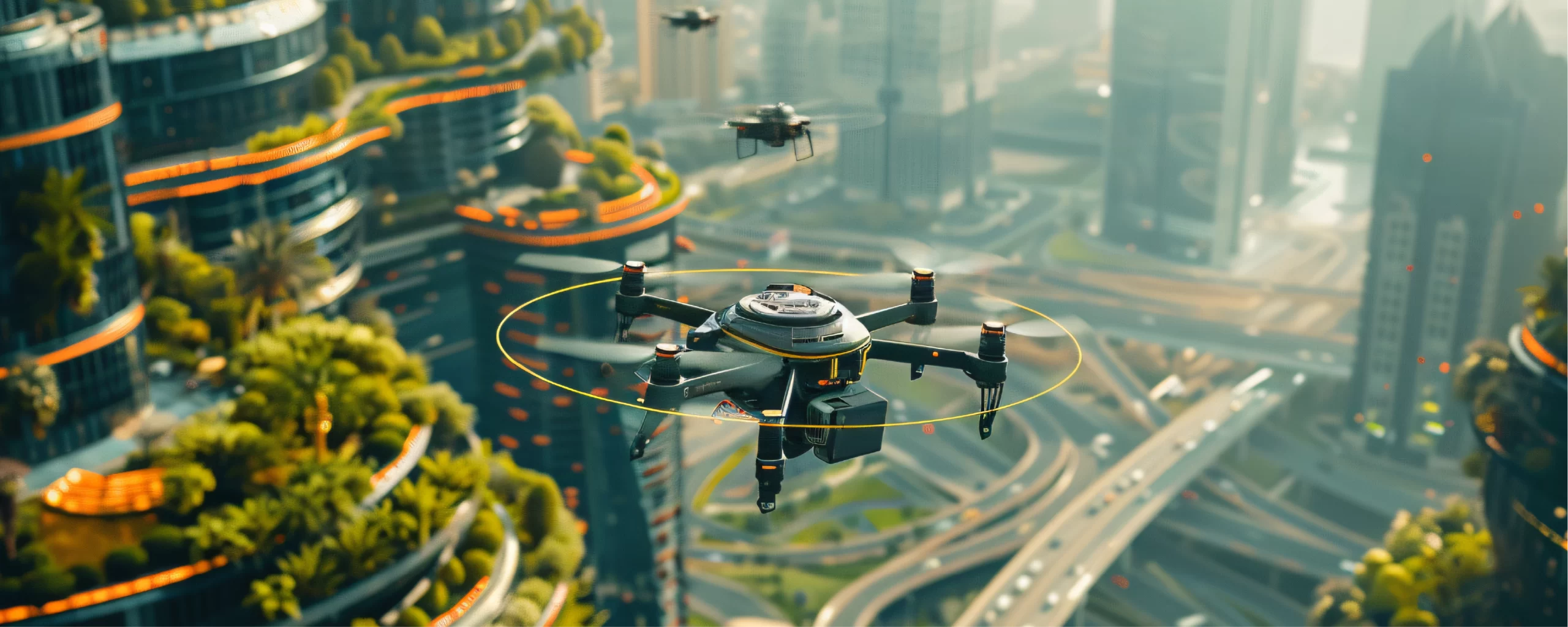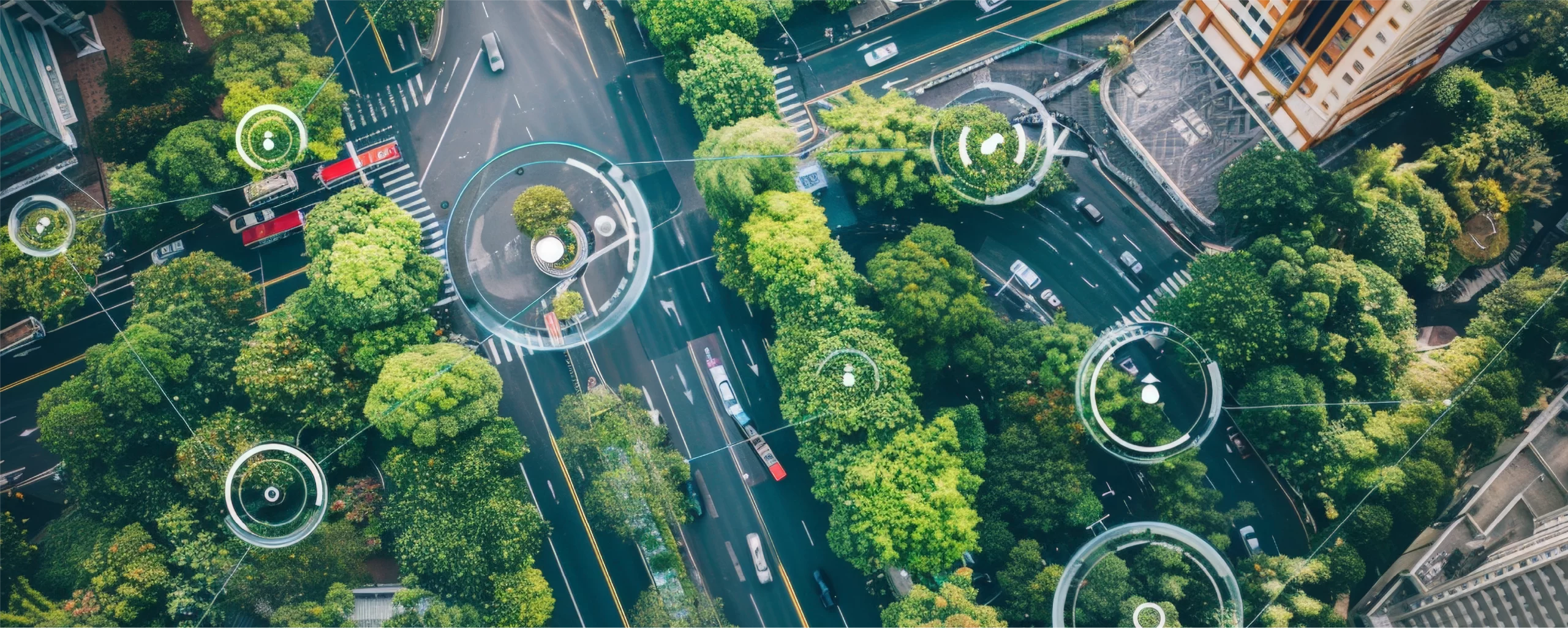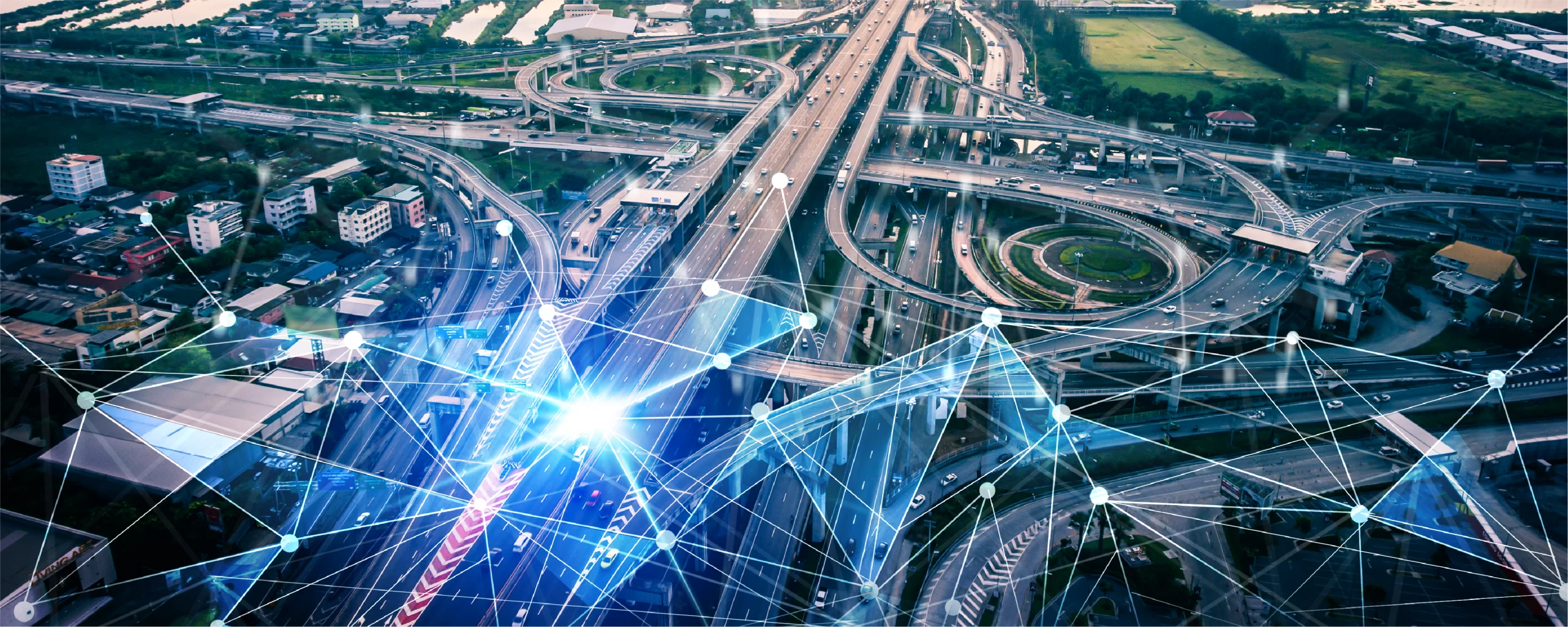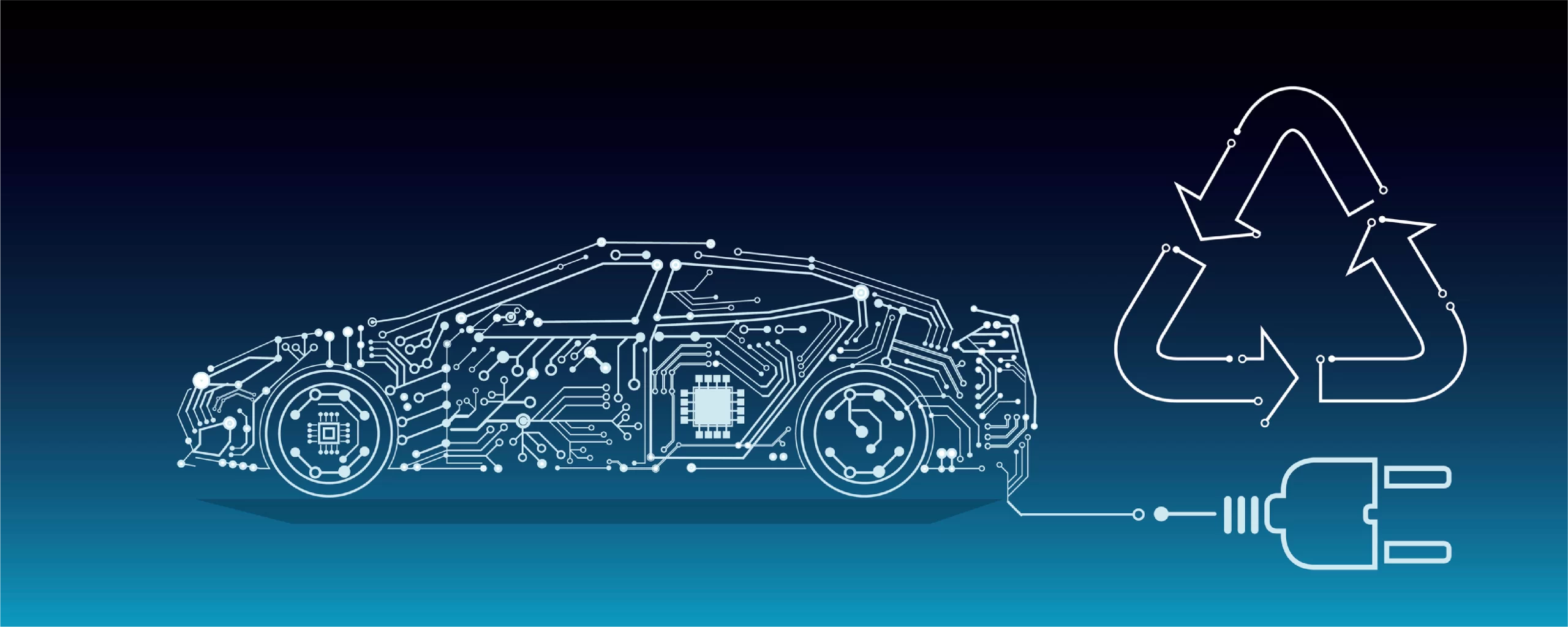AI-powered Surveillance Drones and Smart Cities: Reimagining Urban Safety
In a world rapidly converging towards hyperconnectivity and personalization, smart cities are no longer a theoretical construct – they are an inevitable conclusion. As technology giants and urban leaders sprint to strategically capitalize on its opportunities, one technology is taking the lead above all – Artificial Intelligence. From mobility to power grids, it is penetrating the core of every advanced aspect of the urban future. However, the element spotlighted in this write-up is safety, and the role AI drones will play in enhancing urban safety, unlocking new value streams for city corporations, and optimizing large-scale operations.
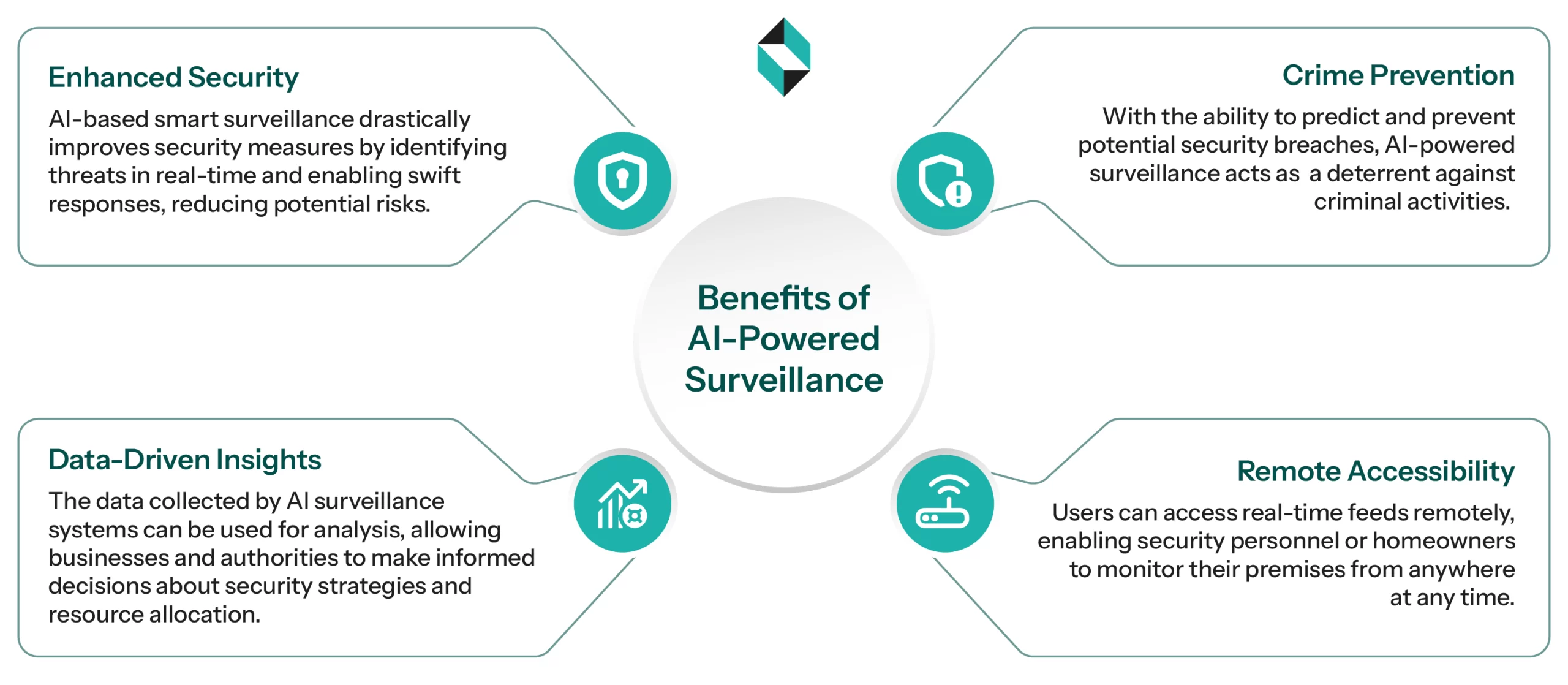
The Curious Case for AI Surveillance Drones in Smart Cities
Intelligent cities need smart security, which implies the need to go beyond human patrols, siloed data, and static camera systems. Enter AI-based drones: autonomous, agile, predictive, and capable of fitting in the complexities and scale of smart cities. It is well-established that the role of drones will go far beyond safety, offering several value propositions to intelligent urban ecosystems.
- Real-time Cognitive Awareness: Computer vision and advanced sensors embedded in AI-enhanced drones can automatically detect abnormal activities, track suspects, and identify people of interest in crowded places. A key attribute that supports faster response in emergencies and law enforcement more effectively as compared to contemporary systems
- Prompt Incident Response: These AI-based flying machines are capable of monitoring large gatherings, analyzing crowd movement, and predicting security threats using fuzzy logic and machine learning. Proactive deployment of resources for incident prevention would be a thing in smart cities in the coming decades
- Predictive Analytics: Continuous automated monitoring of urban infrastructure, including power grids, public spaces, and bridges, could be pivotal in identifying vulnerability and ensuring rapid intervention to keep everything in place
- Privacy-Securing Surveillance: The integration of privacy-preserving algorithms will ensure that sensitive information captured by drones is well-encrypted and can only be accessed by authorized personnel, putting the concerns around data misuse to rest
Breakthroughs Powering the Next-Generation of Drones
The recent surge in R&D has witnessed some breakthroughs that promise transformative advancements for drones that may become a game-changer for enhanced security in smart cities. The most noteworthy are as follows:
Edge AI Processing: Onboard AI chips embedded in advanced drones enable real-time data processing, reducing their reliance on cloud connectivity. It takes care of latency issues while enhancing operational resilience
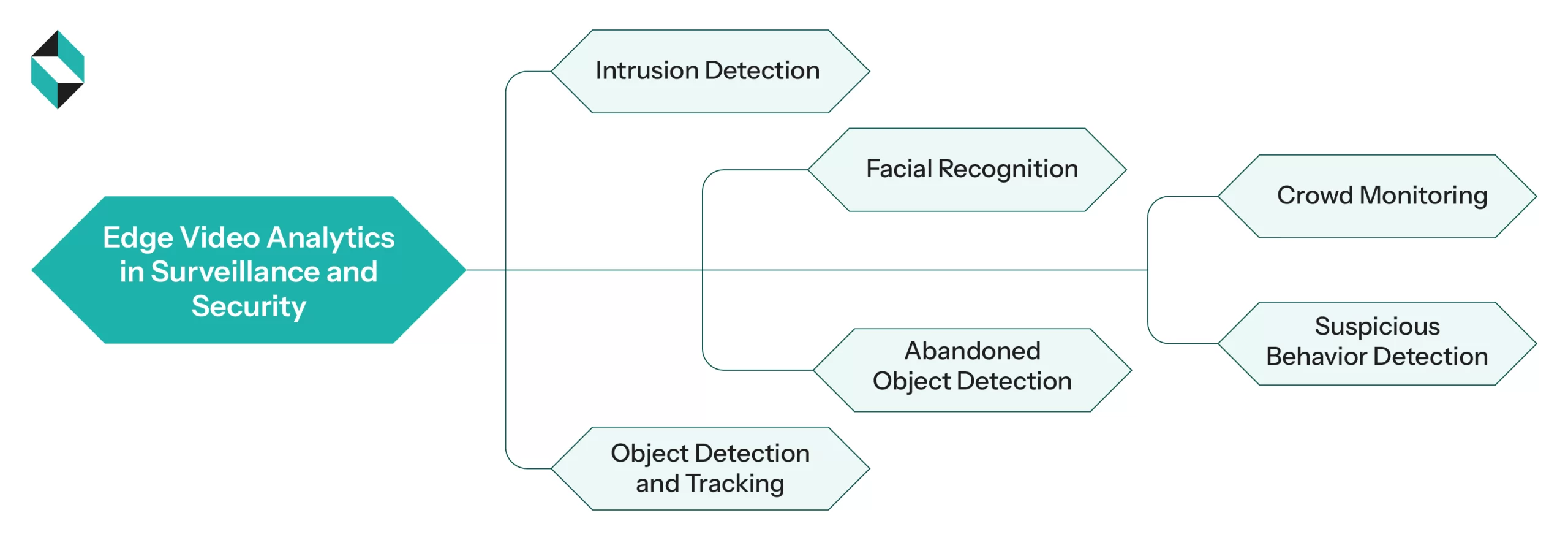
Autonomous Navigation in Complex Ecosystems: Deep learning and computer vision allow drones to navigate dense urban landscapes, prevent collisions with obstacles, and navigate GPS-denied areas. It is an entirely new territory that unleashes a wide array of use cases for subterranean and indoor surveillance
Adaptive-Object Identification: As reinforcement learning and optimization techniques get integrated into object detection, they offer the devices a more refined accuracy in obstacle identification, threat reconnaissance, and conserving computational resources
Privacy-Securing Surveillance: Innovators are equipping drone software with access control protocols and encryptions directly to counter the threats related to data privacy. These add-on layers would be crucial in securing sensitive data and maintaining compliance with evolving regulatory frameworks on the integration of machine learning, drones, and AI in smart city architecture
Persistent Challenges and Gaps
Despite growth and development, several obstacles remain to the mass adoption of these flying entities. The major ones are as follows:
- Data Security and Privacy: The balance between citizens’ privacy and enhanced surveillance capabilities remains elusive. Along with all other technological and infrastructural developments, equal focus needs to be imparted to data encryption, transparent governance, and ethical policies
- Computational Limitations: Drones are smaller machines with constrained onboard processing potential, which means deployment of advanced AI software without compromising performance and flight time still needs to be figured out
- Regulatory Hurdles: Regulations pertaining to advanced air mobility are still in their infancy, and they are bound to get more complex as various airspace regulations, compliance mandates, and privacy laws chip in. It will also slow down deployments while creating operational inefficiencies
- Integration with Urban Ecosystems: There are still several gaps in seamless interoperability between urban systems, legacy IT systems, and emergency response platforms
Key Takeaways for Industry Players and Urban Leaders
Infrastructure operators, enterprise security leaders, and urban administrators need to acknowledge AI-powered surveillance as a strategic investment opportunity that will fortify operational capabilities and urban resilience. There are a few measures that may be adopted to minimize risks and maximize ROI:
- Prioritize Integration: Go for drone solutions that integrate with the pre-existing IT and cybersecurity frameworks
- Bring in Experts: Opt for seasoned high-tech consultants and service models supporting rapid deployment, scalability, and support to align with the “drone as a service” paradigm
- Focus Privacy: Make privacy your USP by investing in robust privacy policies and investing in techs that promise regulatory compliance and citizen data protection
- Stay Proactive: Keep track of emerging innovations, regulatory expectations, and early research that propagates advanced techs like ML, gen-AI in the smart cities market
Future Outlook
As drone technology matures, it will be catalytic in holistic urban transformation with pivotal roles in event and crowd management, traffic optimization, securing critical infrastructure, and prompt disaster response. As it moves up the trajectory, industry leaders may want to watch out for hybrid human-ai collaborations, swarm intelligence, and sustainable urban operations.
Bottomline
AI-based surveillance is not just an add-on but a transformative approach that will change the urban security landscape. As the market matures, early adopters will hold a significant advantage in unlocking higher capabilities, enhanced public safety, and a strong market foothold. With smart city developments leading the urban revolution, it will be crucial to navigate this rapidly evolving landscape with speed and efficiency.
